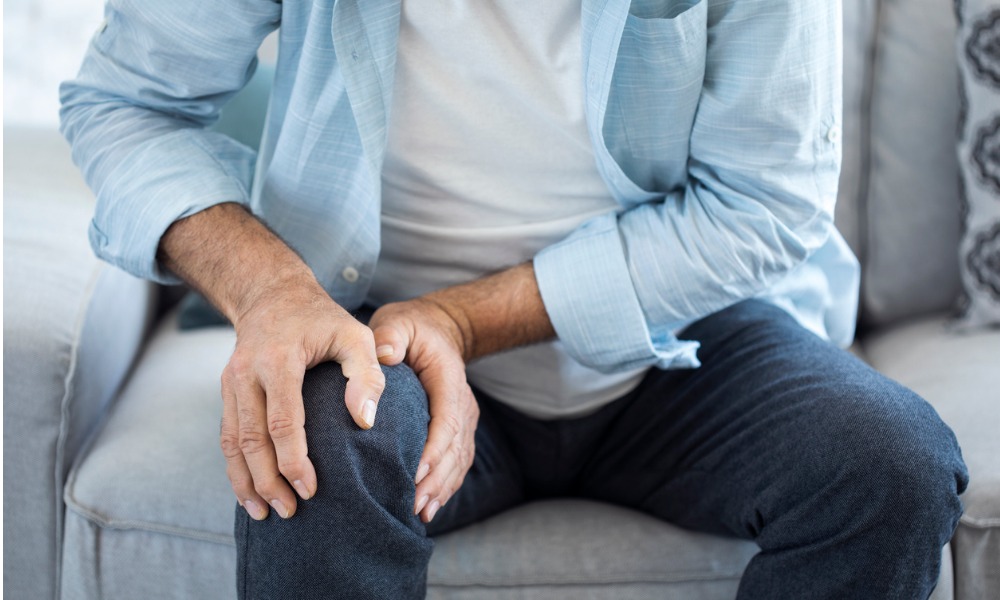
Bone-on-Bone Joint Pain
Cartilage is the cushiony, shock-absorbing tissue between the bones in our joints that allow for smooth, painless motion. When a person’s arthritis condition develops so far that there is no longer any cartilage in their joint, the joint is said to be “bone-on-bone.” Without enough (or any) cartilage between the bones, the joint may cause pain, inflammation, and a restricted range of motion.
When the bones continue to rub against each other, and the joints are left untreated for an extended period, it can lead to bone deformity, swelling, and hardening. The knees are some of the most susceptible joints to experience the wear and tear that can lead to bone-on-bone pain.
Symptoms of Bone-on-Bone Joint Pain
With any type of arthritis, symptoms begin gradually as the cartilage slowly wears down. Symptoms can include:
- Severe pain
- Stiffness, often worse when at rest
- Grating sensation and sound when moving the knee or walking
- Decreased range of motion
- Inability to bend the knee
- Decreased flexibility
- Bone spurs (bony growths) that form due to the bone-on-bone friction in the joint. They are often associated with pain and may be felt on the outside of the knee.
Causes of Bone-on-Bone Joint Pain
Bone-on-bone joint pain is felt after the joint has gone too long without treatment. The cartilage becomes too thin (or ceases to exist altogether), and inflammation sets in from constant friction.
Bone-on-bone arthritis does not happen overnight. In fact, the breaking down of cartilage occurs very gradually over time. The direct cause of bone-on-bone pain is the degenerative changes that take place due to osteoarthritis, the most common type of arthritis condition. While there is no one cause of osteoarthritis, some risk factors increase the chances of developing it.
Risk Factors for Developing Bone-on-Bone Joint Pain
Bone-on-bone pain is the result of untreated osteoarthritis. The risk factors for developing osteoarthritis and then bone-on-bone pain are as follows:
- Age: The risk of osteoarthritis increases as you age
- Obesity: The more overweight you are, the greater the risk of developing osteoarthritis
- Joint injuries: Injuries from sports or an accident may increase the risk of osteoarthritis
- Certain occupations: Repetitive stress on a joint may cause that joint to develop osteoarthritis
- Gender: Women are more likely to develop osteoarthritis than men
- Genetics: Some people inherit a tendency to develop osteoarthritis
Nonsurgical Joint Therapy at Rejuvinix
Do you suffer from stiff, painful joints? If you are ready to seek treatment for your joint or knee pain, the experts at Rejuvinix can work with you to create a custom treatment plan. Click here to request an appointment online.